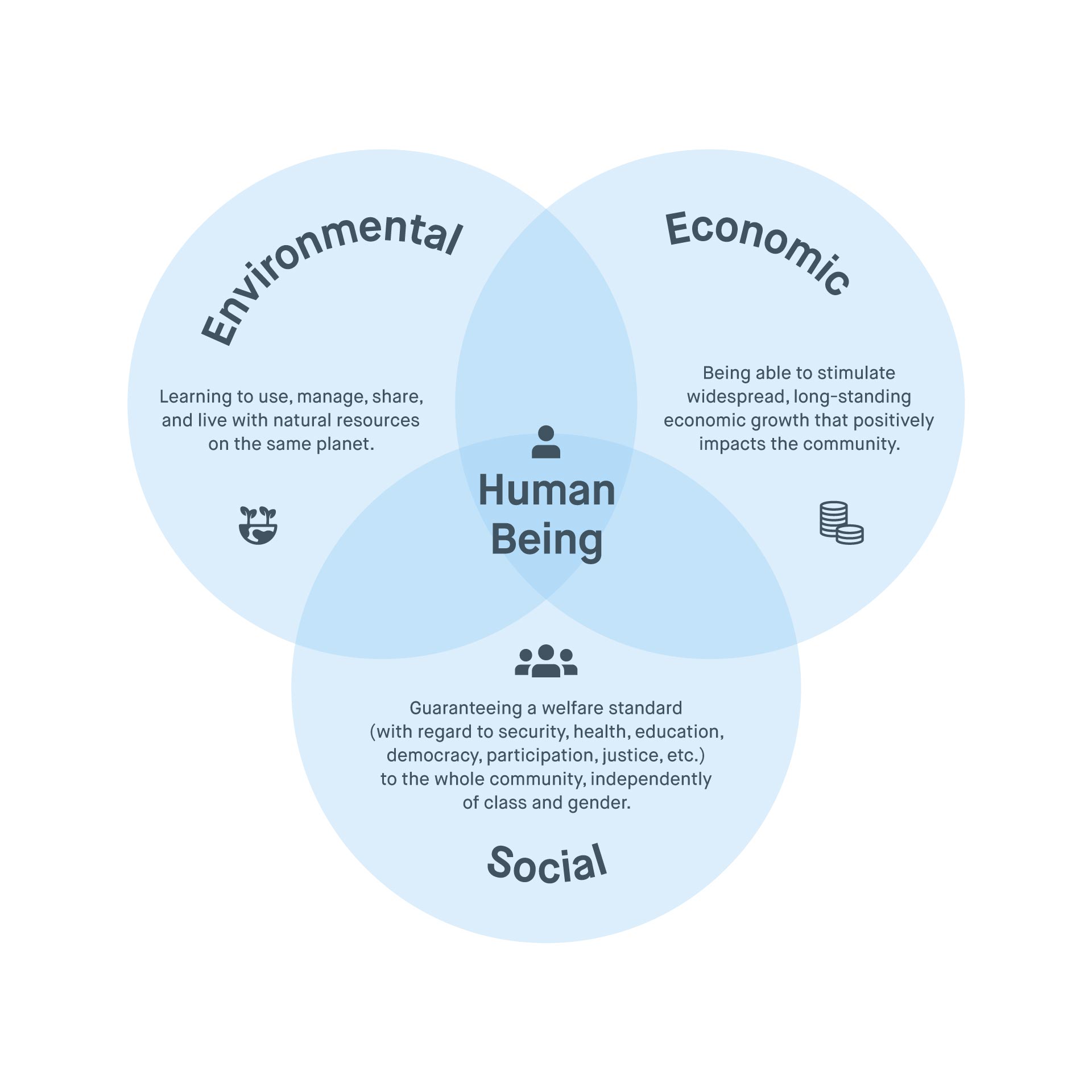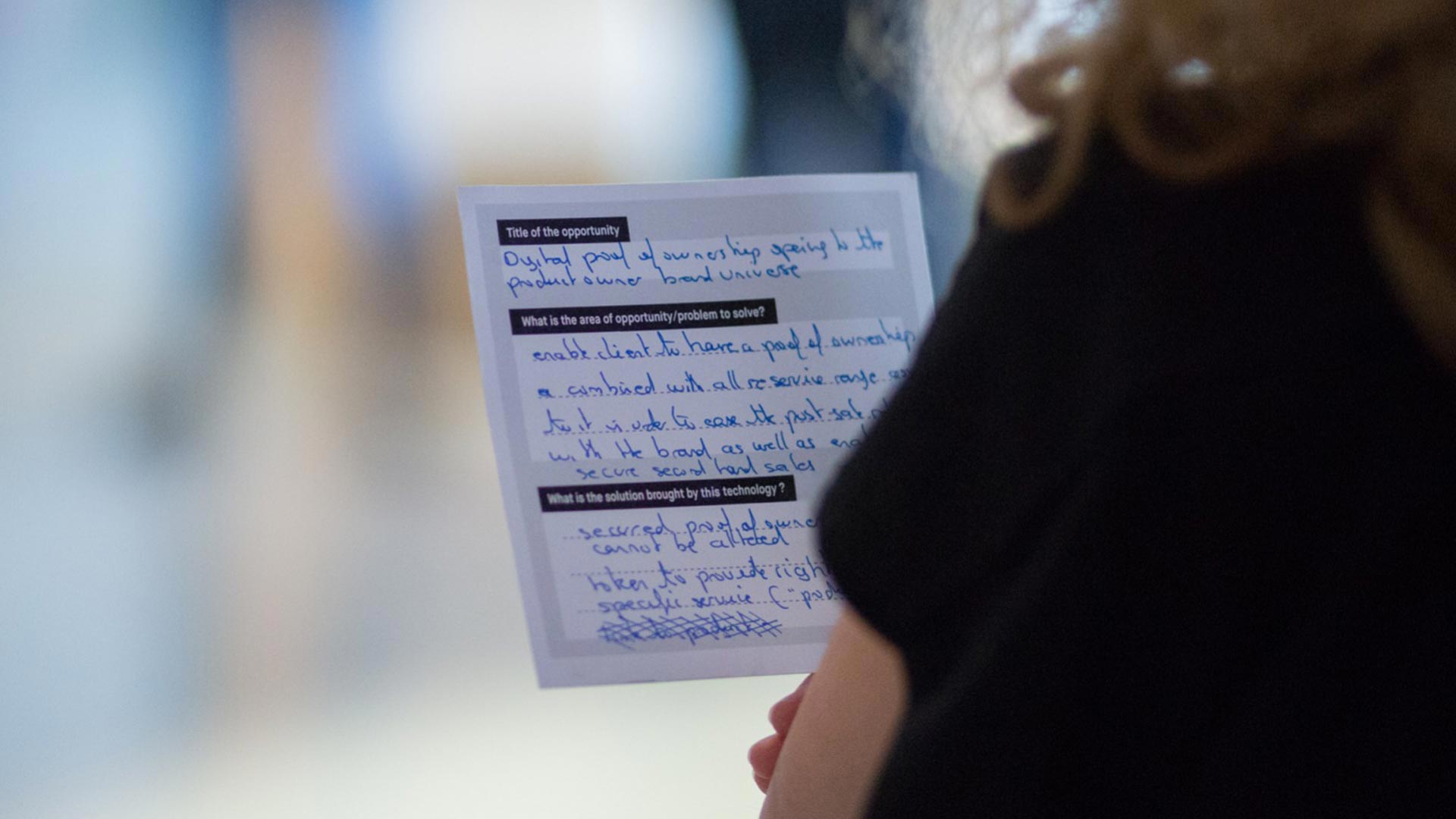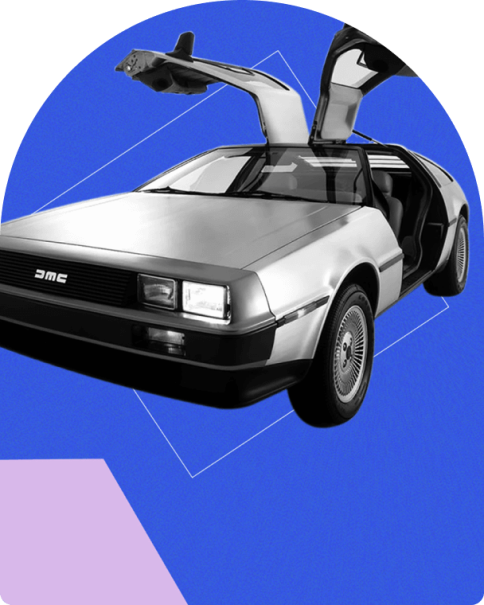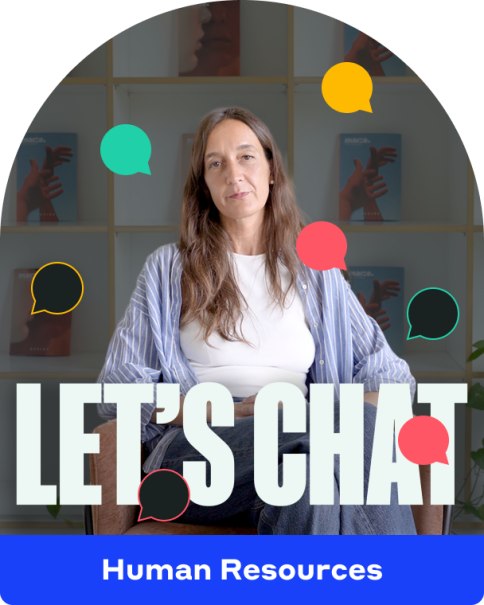Sustainability: A new lens into who we are and what we do
Research and insights
2021

We start from people to make organizations more sustainable, and promote wellness for the company and the planet at large.
Look no further than the European Union’s Recovery Plan, put forward in July 2021 and now well underway. Indeed, one of its cornerstones is the clear transition toward a sustainable economy in every key sector: environmental, social, and of course financial. Now it’s up to national governments to shape those guidelines into actionable policies.
A quick step back — what is sustainability, again?
The idea of sustainability mainly revolves around the three pillars mentioned above: environment, society, and the economy.
- Environmental sustainability is concerned with living, managing, using, and sharing the planet’s natural resources responsibly.
- Social sustainability is about people: widespread welfare for communities (in the forms of security, health, education, democracy, active participation, justice), equally distributed across classes and genders.
- Financial sustainability looks at the economy in the longer term, and tries to generate a positive impact for everyone. Bruntland’s report, published by the United Nations’ World Commission on Environment and Development in 1987, defines this development as “sustainable to ensure that it meets the needs of the present without compromising the ability of future generations to meet their own needs.”
The relationship between these three pillars is dynamic, and aimed at standing the test of time. Most importantly, it rests on synergy: if one of them weasels out, sustainability becomes unsustainable.
There is also a fourth dimension, that of people. There needs to be a space for the development of human and practical skills that train us to understand the role of sustainability in our lives, and then put it into practice.

Back to us
The side of sustainability we feel we can truly contribute and add value to is business. The two things haven’t always been connected; in fact, it took companies years to acknowledge their own role and responsibilities.
1972 — Awareness
UN Conference on the Human Environment: for the first time, attention is paid to the safeguard of natural resources as a way to better everyone’s standard of living. A goal only achievable through international cooperation. Here, environmental, social, economic, and developmental issues are all highlighted.
1987 — Development-based economy
Publication of the Brundtland Report by the UN World Commission on Environment and Development (WCED): sustainability becomes an integral part of the economy. Sustainable development is defined as “development that meets the needs of the present without compromising the ability of future generations to meet their own needs.”
1995 — Commitment by companies
The World Business Council for Sustainable Development (WBCSD), guided by CEOs of over 200 companies, is founded. The goal is to accelerate the transition toward a sustainable economy.
2005 — Definition of global trajectories
The 2005 World Summit on Social Development defines the key objectives of sustainable development, such as economic growth, social progression, and environmental protection. The three pillars are not mutually exclusive; rather, they reinforce one another. Neither can exist without the other two.
2015 — Shared framework between states and companies
The UN launch the 17 Sustainable Development Goals (SDGs) as part of the 2030 Agenda: they quickly become a sustainability framework shared by all member states and an increasing number of companies.
2019 — From choice to duty
Yearly UN climate conference: over 630 investors sign a pledge that sees companies committing firmly to counter the climate crisis, with particular emphasis on the gradual elimination of coal and carbon emissions.
2021 — Sustainability at the core
The EU approves the Recovery Plan, whose stated goals include an unequivocal commitment towards an environmentally, socially, and financially sustainable economy. It’s now up to national governments to implement these policies locally.
Thankfully, we have moved past the idea that sustainable choices are the exclusive appanage of the elites or something to be pursued through secondary charity activities. Sustainability isn’t a fad nor an option; we can’t ignore its importance as individuals, let alone as organizations. What states, institutions, and politics in general do is not enough: companies need to act too, acknowledging the historical moment we are living in and taking responsibility to unburden the overall load that weighs on the system’s shoulders. They need to do it for consumers and employees, and ultimately for themselves, too. Everyone really is on the same boat.
“Every time I talk to people, they seem genuinely interested. That, however, doesn’t always go hand in hand with action and holding oneself accountable.”
That’s why a change of pace is necessary. Change not simply determined by duty (directives, laws, regulations, etc.), but belief. It has to become part of one’s blood. This repositioning opens up new possibilities, both for the individual and for companies.
“Sustainability isn’t a choice anymore; the market demands it. Not being sustainable effectively means getting cut out of the market, both as a supplier and a brand.”
The balance between the desire to be sustainable as an act of responsibility toward the world and the opportunity to transform a business within a sustainability framework is complex.
Overwhelmed by complexity, many firms try to avoid answering this call, which they deem too distant from their business.
However, business doesn’t need to be the starting point, and the approach doesn’t have to be top-down necessarily. A conversation within a company can take place transversely and openly, to reflect on cultural and process-related topics. Everyone can — and, arguably, should — chime in, to ensure that answers be more authentic and “emergent.”
“Unfortunately, it does happen that sustainability turns into ‘greenwashing.’ The topic is broad, and everyone has their interpretation. It’s not easy to give a concrete, scientifically accurate answer to every stakeholder.”
Our role in this scenario
Beyond everyone’s personal will and staunch commitment, the transition toward sustainability demands substantial investments, practical skills (experts), and strategic design. Tech-enabled opportunities and communication channels help in finding desires, understanding phenomena, and meeting expectations, but they also turn these abstract ideas into something tangible — quickly. This is where we come in: because of what we do, we must take on this responsibility, and use our skills and knowledge to edge closer toward sustainability.
Our role is to accompany and support the firms we work with through the path of “sustainable transformation,” as we call it, which goes shoulder to shoulder with change culture, i.e. the ability to shapeshift in accordance with the needs of the market and society.
The ability to adapt and change makes the boundaries of a company more malleable, which is typical of today’s businesses, and the speed — and exponential acceleration — of everything that surrounds us demands precisely this. We have gone through something similar with the digital transformation of yesterday, and we are going through it now with sustainability. Tomorrow, it’ll be something else.
The fields where we put ourselves on the line
To become a sustainable company today, completely disrupting oneself is not strictly necessary. What’s paramount is that sustainability becomes an integral part of a firm’s overall strategy. This is what we ourselves do; our thinking, our ideas, our proposals, everything is filtered through the lens of sustainability, no matter how different the projects we undertake are.
People, technology, and innovation: three interconnected worlds in which our expertise and our clients’ needs communicate.
People
In line with the fourth dimension of sustainability, which we define as “human,” come projects that put people at the center. H-FARM has always been interested in the side of innovation that looks at actual human needs.
We help organizations choose and design experiences aimed at spreading awareness of these topics, adopting a more active approach, and fostering involvement from employees and clients, within and outside the company itself. Some examples are:
- Training periods and communication campaigns to better understand the topic across all levels of an organization;
- Performance management processes and talent programs to support personal and professional growth;
- Products, paths, and inclusive platforms to lower the barrier for people with disabilities.

Voice Math, a project in collaboration with the University of Turin’s Polin lab financed by the CRT Foundation, aims at lowering the barrier people with motor, aural, and visual impairments have when approaching scientific subjects.
Technology
Technology is a sustainability enabler; it plays a critical role in making change fast, widespread, and equitable. At the same time, technology can represent an expensive piece of infrastructure that’s also expensive and harmful to the environment. The massive use of digital devices generates much non-recyclable waste, and consumes vast amounts of energy (like with data servers or GPU racks used for cryptocurrency mining).
Our commitment is toward studying these problems in-depth, well aware of the side effects:
- With a combination of machine learning and human language interpretation, we help people communicate more naturally with the devices that increasingly populate our world and our lives, extract valuable information from data pools, and gain insights to solve the business’ most complex problems;
- We use 3D technology to visually preview products, thus cutting down significantly on the use of materials and improving relationships with the supply chain;
- In the fields of VR and AR we create entire digital experiences, such as simulations for employee safety training.
“The increasing adoption of AI represents a huge opportunity to re-evaluate what we have built and deploy this technology to build a better, more sustainable future for everyone.” UK Government AI Council

An interactive, digital catalog that allows users to choose a product, select the materials, and then further customize it to their will. A solution with a dual advantage: cost reduction (related to physical prototypes, samples, and shooting) and waste reduction — being able to test whether a product is to the client’s liking before it actually goes into production allows for a massive cut on wasted materials.
Innovation
Our past sees us particularly close to the world of innovation and startups: we can draw from a massive network of people and can scout startups all over the world, broadening our horizons and picking the right partners and technologies.
We work on many open innovation projects and, also thanks to these partners, we identify, analyze, and integrate new technologies and digital solutions, or even create business models anew. For instance, we work on:
- Innovative approaches for product tracking;
- Sustainable materials to replace current ones;
- Services and platforms that improve company welfare;
- Solutions for patients’ preventive healthcare.

Research and scouting of startups (about 150) to find solutions to track materials (here, leather bags) for a fashion brand.
Where do we start?
What if we tried to interpret this change toward sustainability as a necessary, urgent, but ultimately liberatory reframing of our organizations and ourselves? A space to refocus our priorities, redefine our role and identity, and the very purpose of our work. If there is one thing that the shock brought by the recent pandemic has taught us is that every paradigm, even the ones we take for granted the most, will never be enough to encapsulate the absurd complexity we are navigating. So why don’t we just embrace it? We can be guided by an ultimate goal, sure, but we must carve our own path toward sustainability. It’s unavoidable.









